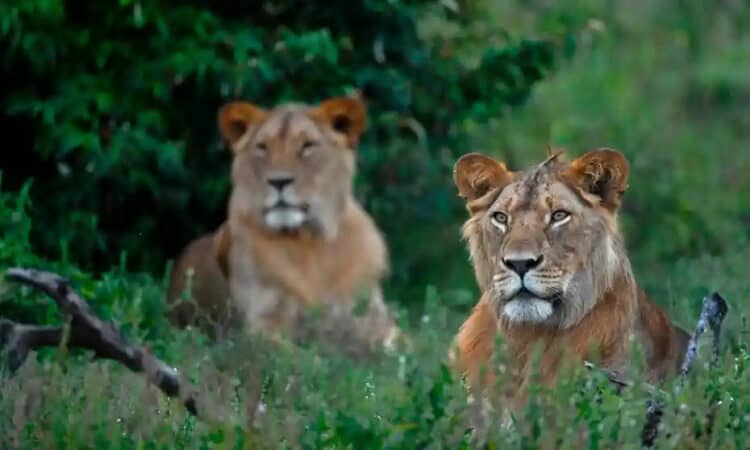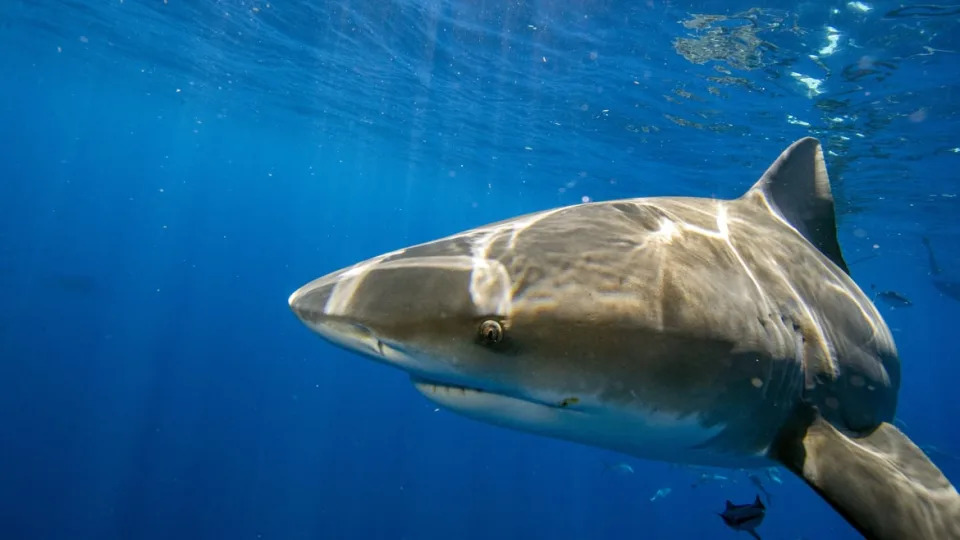An investigation conducted by conservation non-profit World Animal Protection has revealed the horrific conditions that thousands of big cats—mostly lions and tigers—are being forced to endure in industrial farms across South Africa and Asia which supply the traditional medicine market.
Investigators say that they witnessed lion cubs pacing around crying in the small enclosures of these factory farms in South Africa, while they also spotted another individual that was missing a limb due to severe deformations resulting from inbreeding.

These cats are being bred and then killed for their body parts—including the bones and blood—in order to meet the ever growing demand for traditional medicine in countries such as China and Vietnam.
The body parts are turned into all manner of products including wines, capsules, gels and balms which are thought to be beneficial in the treatment of everything from arthritis to meningitis.
According to a report titled “Trading cruelty: how captive big cat farming fuels the traditional Asian medicine industry,” these animals are forced to endure various forms of cruelty before they are killed.
For example, researchers saw facilities in China where over a thousand big cats were being kept in tiny enclosures and cages.
“Many were clearly emaciated with their ribs and back bones highly visible,” the authors wrote in the report. “The cruel, restrictive conditions caused the animals such distress that many were pacing backwards and forwards along in their shockingly small enclosures for hours,” while others were seen self-harming.
“Pacing and self-harming—usually the biting of limbs and tails—on big cats are abnormal behaviors,” the authors said. “They are reactions to confinement and stress that do no happen in the wild where lions and tigers can roam freely in territories than can range from 7-100 kilometers (4.3 to 62.1 miles.)”
In stark contrast, some of the enclosures that the team saw measured just 13 by 23 feet. Furthermore, these kinds of facilities often provided only the minimum amounts of food and water for the cats to survive before they reached the right age to be killed.
In places like South Africa, the researchers saw how lion and tiger cubs are used for tourist entertainment before being sold for parts. Cubs—which are bred on farms or sometimes snatched from their mothers in the wild—are often brought up on petting zoos where they are utilized as an attraction. Furthermore, juvenile lions are sometimes used in “walking with lion” tourist experiences. They can then be sent to facilities where they are hunted for sport.
“South African lion farms often offer lion cub handling and walking to tourists,” the authors wrote. “But trophy hunting is their main business where they charge $12,000-15,000 per kill. As hunters are usually only interested in lion heads, the farms can make additional profits by selling the bodies to exporters” under South Africa’s unique “skeleton quota” system.
“In Thailand, many tiger breeding facilities also offer tourist experiences with the animals,” the authors wrote. “These include cub feeding, petting and tiger shows which cause the animals enormous stress through forced interactions with hundreds of people daily. Young tigers are used mostly for tourist interactions and the fate of the adults is unclear, However, cases of illegal tiger product trade from Thailand suggest a link to the traditional medicine or luxury product trade.”
Because there is such demand for traditional Asian medicine, increasing numbers of big cats are being conceived on speed breeding facilities where females are forced to produce many more cubs than they would do in the wild.
Inbreeding is common in these facilities, leading to lions and tigers being born with abnormalities such as missing limbs, painfully deformed feet, legs and faces, as well as sight, hearing and breathing problems. The researchers even noted that some cubs were still-born.
Furthermore, “early separations carried out by the speed breeders cause great distress to both mothers and cubs,” the authors wrote. “In the wild, cubs would normally stay with their mother for up to two years, but in breeding facilities the cubs are removed from their mothers within the first few days or weeks. The breeding cycle then starts again. Sriracha Zoo in Thailand proudly stated that they achieved birth rates up to 6-9 times higher than in the wild.”
The researchers say that there are now more people with higher disposable incomes in regions that medicine products made with big cat body parts are popular.
In fact, it is estimated that the traditional Asian medicine industry is worth upwards of $50 to $120 billion globally, so it’s a lucrative market. It’s also worth noting that last year, the World Health Organisation (WHO) controversially chose to endorse the practice of traditional medicines.
“Although there’s little or no robust evidence to suggest that these products have any medicinal purposes, worryingly, the demand for wildlife traditional Asian medicine is growing,” Kirsty Warren, lead investigator of the report, told Newsweek.
“As wild populations of big cats continue to plummet, the industry has found a variety of alternative ways to exploit big cats for their parts, while making profit from the animals throughout the course of their lives.
“Big cats are suffering in the name of greed. Whether they’re ‘farmed’ at breeding facilities in China that resemble industrial farms, petted as cubs in Thailand, exploited for selfie and canned hunting opportunities in South Africa, or tracked down and shot in the wild. These incredible big cats of all shapes and sizes from all corners of the globe, are in big trouble.”
World Animal Protection makes a number of recommendations in the wake of their investigation.
“For individuals, the advice is clear. If you can feed, cuddle, walk with or take a photo with a big cat, or any wild animal, then the chances are that it has been subjected to cruelty,” Warren said. “This could include tiger selfies or walking with lion experiences. Also, we urge anyone to condone buying medicine products that contain big cats.”
This article was first published by Newsweek on 7 September 2019.
What you can do
Support ‘Fighting for Wildlife’ by donating as little as $1 – It only takes a minute. Thank you.







Leave a Reply